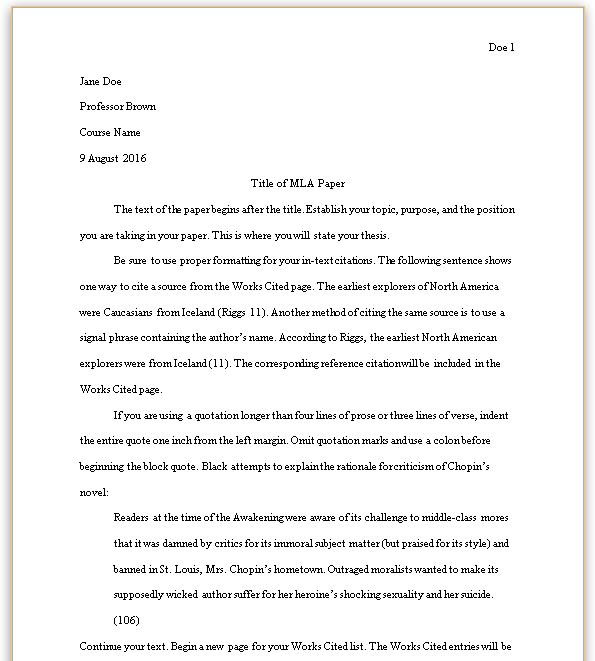When you are working with a source, there are a couple of things that happen all of the time. First off, one of the things that always happens is that a source is constantly decaying (at the rate of 1 gigabequerel (37 billion disintegrations per second)) and when a person moves farther away from the source, the amount of radiation exposure decreases exponentially. You will be practicing these principles with both the source activity calculations, as well as the distance calculations.
To calculate Source Activity now, you would do the following:
Let’s say you were given the following calculation and you needed to know how to calculate a source strength now.
100 ci IR 192, 50 days old. Curies now ___________
You would begin with the original source strength – for example – 100 curies of Iridium 192. From this, you would need to know how long it took the source to decay to ½ of its original strength; i.e. – half-life. This is a given factor – 75 days – so what this means is that if you had 100 curies of Iridium 192 right now, 75 days from now it would only have 50 curies available for use.
How you would calculate this is the following – in your calculator you would push this button combination. 100 / 2 ̂ (50 / 75) = 62.99 curies
The only difference between Iridium and Cobalt is that Iridium has a half-life of 75 days and Cobalt has a half-life of 5.3 years. The calculations work the same, just be sure that you are aware if you are working with IR or Co.
To calculate for distance you would do the following:
The calculation that you would use to calculate the source strength at a given distance would be the following – Inverse Square Law formula – The actual Calculation looks like this I1 / I2 = D22 / D12
I = Intensity
D = Distance
If you had a question that looked like this – 100 R / Hr at 1 foot, what is the strength at 20 feet?
There are a couple of things that you need to know when you are working on this problem, first off there is a known value at 1 foot. When you are given a number of 100 R/Hr, that is assumed to be at 1 foot unless otherwise specified.
So to work the above calculation, you would do the following (those of you who just had tech math know how this works) I1 = 100R x D12 (1) = 100 / D22 (20) = .25 R/HR @ 20 feet.
Don’t forget to square the distances.
There are a couple of other things to know as well, when you are given a distance problem with a curie strength and not with a radiation strength, you will need to convert the curie strength to radiation strength.
The following numbers apply –
IR 192 = 5.2 R / HR / CI
Co 60 = 14 R/HR / CI
To give an example of this, if I had 100 Ci of Co 60 and I needed to know how many R / Hr I had, I would do the following. – 100 x 14 = 1400 R/Hr @ 1 ft (that is where the 1 ft comes from)


